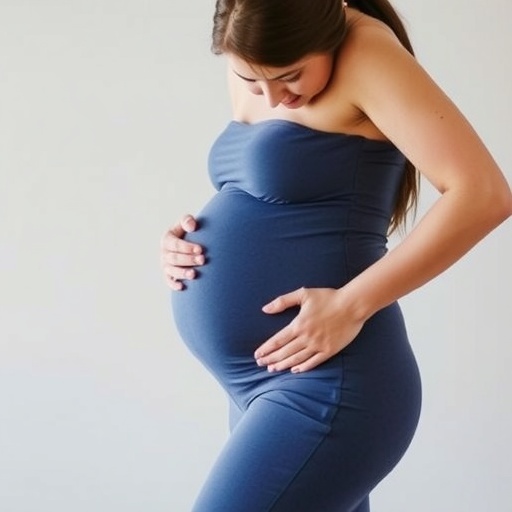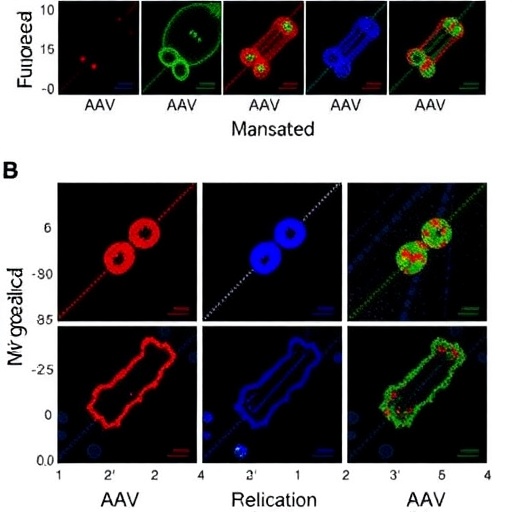Urinary incontinence during pregnancy and the postpartum period is a significant health concern affecting many women. The journey of pregnancy brings a multitude of anatomical and physiological changes, particularly in the pelvic floor region. These changes can have a profound impact on urinary function, often leading to an increased incidence of urinary incontinence, especially the stress urinary incontinence variant. As women’s bodies adapt to accommodate the developing fetus and eventually deliver the baby, the interplay of hormones, increased intra-abdominal pressure, and the physical changes to the pelvic structures often culminate in complications that are both uncomfortable and socially distressing.
Despite the alarming rise in the rates of urinary incontinence during and after pregnancy, the underlying pathophysiological mechanisms remain somewhat elusive. Current understanding indicates that stress urinary incontinence is often due to a deficiency in the urethral sphincter mechanism rather than simply compromised support of the urethra. This sphincter deficiency can stem from the effects of childbirth, particularly vaginal delivery, which exerts considerable strain on the pelvic floor. The biomechanics involved in this process mean that many women experience temporary or chronic challenges post-delivery, prompting a need for effective intervention strategies.
Research has identified key risk factors that correlate with the likelihood of experiencing urinary incontinence during pregnancy. These include maternal age, with older women being more susceptible, higher body mass index (BMI), and the number of previous births or parity. Each of these factors contributes to the incremental risk that a woman faces as she navigates her pregnancy. Understanding these factors can assist healthcare providers in identifying women at higher risk and, therefore, offering targeted interventions that could mitigate these issues before they develop.
Postpartum, the persistence of urinary incontinence is intensely linked to issues that arose during pregnancy. Studies show that women who experience urinary incontinence while pregnant are significantly more likely to carry those issues into the postpartum period. The continuity of these symptoms raises questions about the adequacy of current treatment modalities and the need for holistic approaches to women’s health throughout the perinatal timeline. Addressing urinary incontinence post-delivery necessitates an understanding of the unique stresses and changes the female body endures during this transformative period.
One of the foremost recommended interventions for preventing or alleviating urinary incontinence during pregnancy and shortly after childbirth is the implementation of pelvic floor muscle training (PFMT). This exercise regimen focuses on strengthening the pelvic floor muscles, which support the bladder and urethra. When performed under the guidance of trained professionals, PFMT can significantly enhance muscle tone and function, thus potentially reducing urinary incontinence episodes. However, while numerous studies have been conducted, the effectiveness of PFMT for women experiencing urinary incontinence remains a topic of active investigation and debate among researchers.
Current guidelines advocate the need for structured and supervised PFMT programs for pregnant women as a preventative measure. Yet the precise impact of such training on those already experiencing symptoms of incontinence is still being evaluated. A key focus of ongoing research aims to determine not just the efficacy of PFMT in treating urinary incontinence but also to identify which women are most likely to benefit from such interventions. This personalized approach to treatment could lead to better outcomes and improved quality of life for those affected.
Investigators are also exploring the broader implications of urinary incontinence during and after pregnancy, particularly concerning mental health outcomes. The embarrassment and stigma often associated with urinary incontinence can lead to feelings of shame and social withdrawal among affected women. As such, the psychological ramifications can be profound, impacting a woman’s mental wellbeing and her ability to engage fully in family life and societal activities.
Moreover, patient education is crucial in addressing urinary incontinence as it equips women with the knowledge and tools they need to manage their symptoms effectively. Encouraging open discussions about urinary incontinence in both clinical and social settings can help destigmatize the condition, paving the way for more women to seek help and support. Engagement in supportive communities, whether in person or online, can also offer emotional relief and practical tips for managing urinary issues.
As awareness of urinary incontinence continues to grow, so does the call for more comprehensive research and better treatment protocols. The medical community must remain committed to unraveling the complexities of how pregnancy and childbirth impact urinary function. Researchers are increasingly acknowledging the multifactorial nature of urinary incontinence, necessitating a multidisciplinary approach that incorporates findings from obstetrics, gynecology, physical therapy, psychology, and social sciences.
In conclusion, urinary incontinence stands as a common yet often overlooked complication of pregnancy and childbirth. With rising occurrences necessitating urgent attention, understanding the interplay of physiological changes at play is imperative. Future research needs to not only focus on effective treatments but also emphasize preventive strategies. Through increased awareness, education, and a commitment to developing targeted interventions, it is possible to improve the lives of countless women grappling with this challenging condition.
Subject of Research: Urinary incontinence during pregnancy and postpartum periods.
Article Title: Urinary incontinence during pregnancy and in the postpartum period.
Article References:
Diez-Itza, I. Urinary incontinence during pregnancy and in the postpartum period.
Nat Rev Urol (2025). https://doi.org/10.1038/s41585-025-01091-x
Image Credits: AI Generated
DOI: 10.1038/s41585-025-01091-x
Keywords: urinary incontinence, pregnancy, postpartum, pelvic floor muscle training, female health.
Tags: anatomical changes in pregnancychildbirth and pelvic floor straineffective interventions for postpartum complicationshormonal changes and urinary functionpelvic floor health during pregnancypostpartum urinary incontinencePregnancy-related urinary incontinencerisk factors for urinary incontinencestress urinary incontinenceunderstanding urinary function changes postpartumurethral sphincter mechanism deficiencywomen’s health during pregnancy





